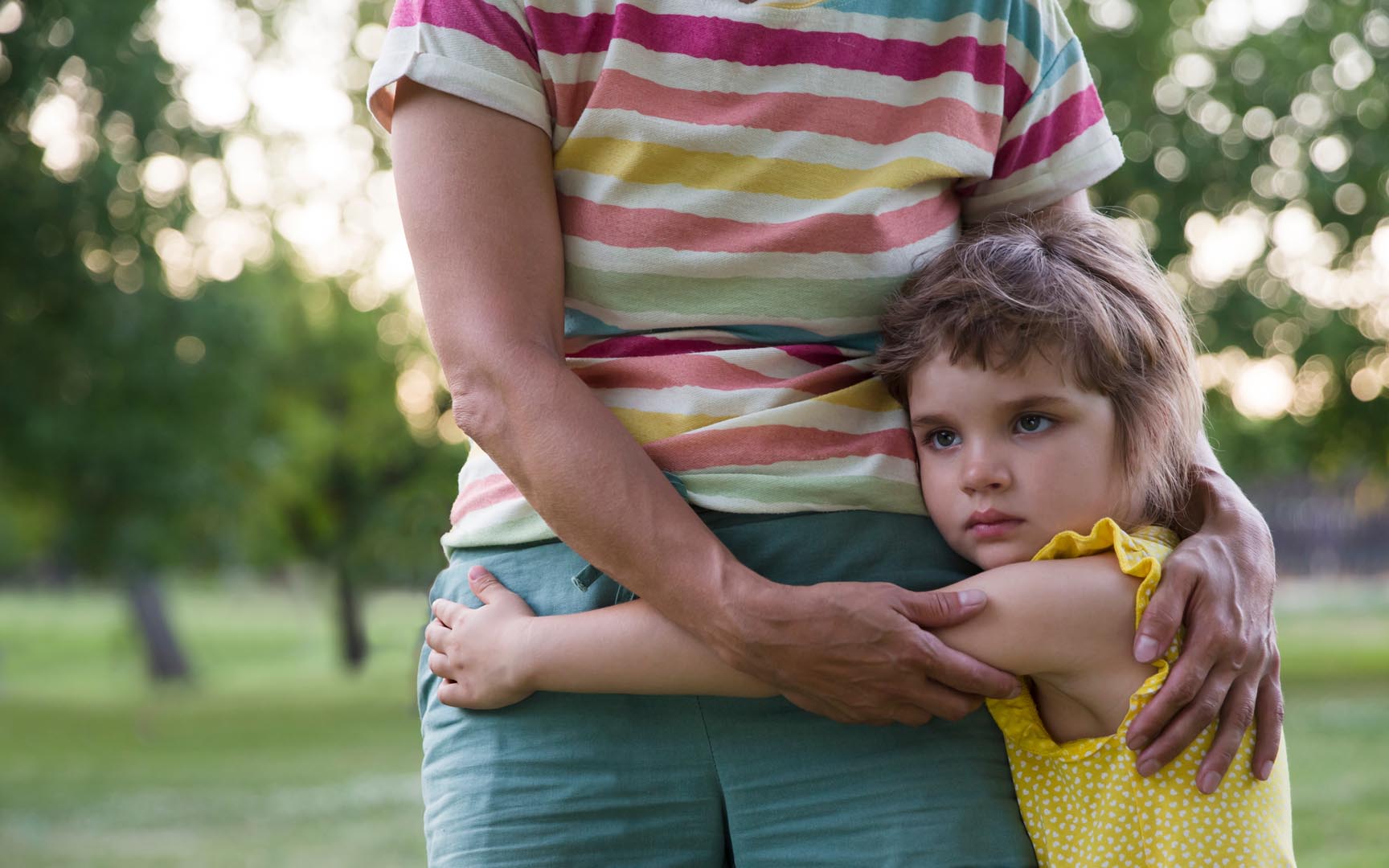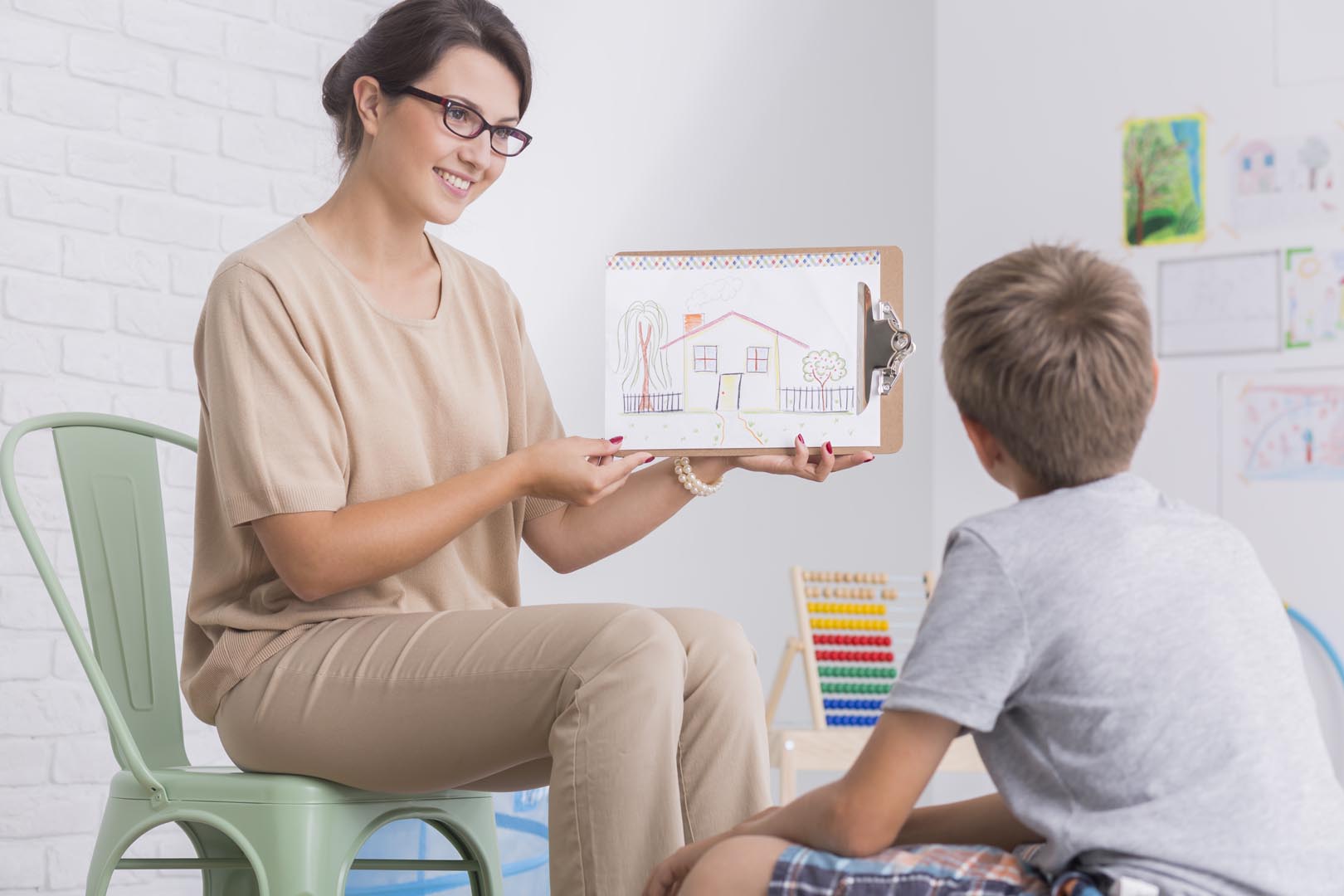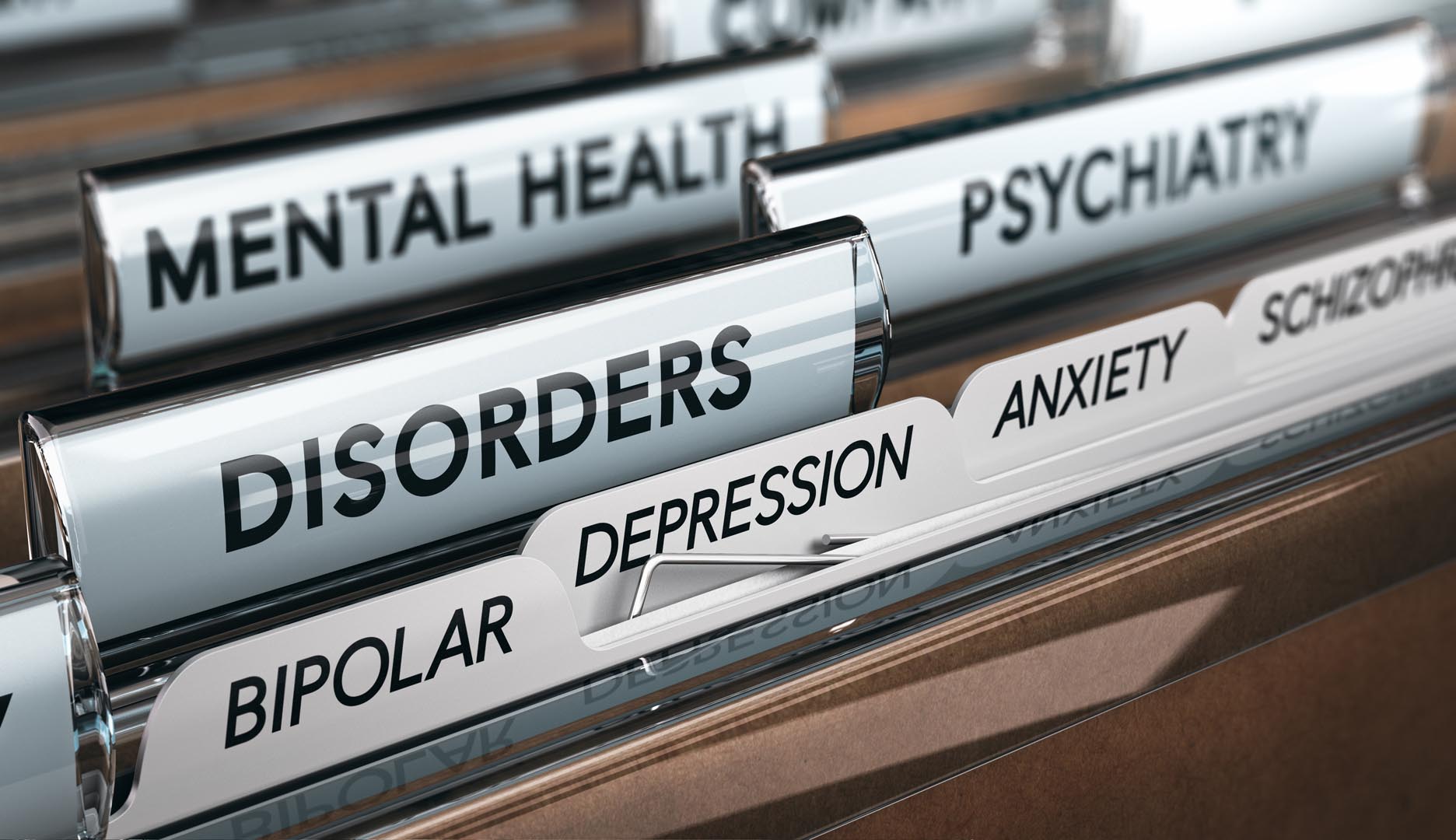Common Tests for Autism
Tests that are used to diagnose autism are done in various fields such as psychology, psychiatry, pediatrics, and neurology. Diagnosis is established after observing the child’s behavior and testing the child’s abilities in these fields. Any child should be examined for developmental abilities from birth to the age of three. If a child is detected with some developmental delays or disabilities, the pediatrician should refer the child to a specialist in early Intervention.
There are several early developmental screening tools such as the Modified Checklist for Autism in Toddlers (M-CHAT) which can be used to evaluate a child’s behavior. M-Chat can be downloaded by parents and used as a general guide, although proper diagnosis should be done by a qualified medical professional. (Robins, Fein, & Barton, 1999) Some of the behaviors that need to be noticed are:
- Absence of babbling and making gestures by the age of 12 months
- Absence of any word utterances by the age of 16 months
- Absence of two-word unprompted phrases by the age of 24 months
- Loss of social and language skills at any age
In an effort to determine whether a child has a disorder in the autism spectrum a psychiatrist will likely look at a variety of factors. These might include such things as:
- Evaluation of the medical history of the child’s mother during her pregnancy
- Assessment of the developmental milestones
- Complete physical examination
- Habits of eating and sleeping
- Functioning of the stomach and bowels
- Coordination disabilities
- Sensory impairments
- Allergies
- Any medical diseases
- History of developmental disorders in the family
- History of genetic and metabolic disorders in the family
- Exposure of the child or parents to toxins
Some tests may be done to confirm that the symptoms of the child are not due to other conditions which may seem like autism spectrum disorder, such as genetic or metabolic diseases, mental retardation, and deafness. These tests are:
Chromosomal Analysis
This is performed to test for mental retardation. If there is mental retardation in the child’s family, this test may be conducted. For instance, fragile X syndrome that leads to symptoms of low levels of intelligence may be diagnosed with chromosomal analysis.
Electroencephalograph (EEG)
If there are symptoms of seizures and developmental regression, then an EEG is conducted.
Magnetic Resonance Imaging (MRI)
An MRI is done to detect any structural differences in the brain.
The diagnosis of autism is primarily based on observations of the child’s behavior. The American Psychiatric Association publishes the Diagnostic and Statistical Manual of Mental Disorders (DSM-IV) which establishes the industry-accepted standards for classifying mental disorders including all disorders in the autism spectrum. In using any tool a medical professional is ultimately comparing the child’s development, behavior, and other symptoms against the classifications in DSM-IV. A child who has a sibling with autism also needs to be monitored. In addition to the tests, children need to be examined for any delays in language, difficulties in learning, and problems in socializing, and other symptoms that may seem like the child has depression or anxiety.
References:
Robins, D. L., Fein, D., & Barton, M. (1999). M-CHAT. Retrieved March 18, 2011, from M-CHAT: Diana L. Robins, Ph.D.
Copyright © by Special Learning Inc. All right reserved.
No part of this article may be reproduced in any manner whatsoever without written permission except in the case of brief quotations embodied in critical articles and reviews. For information, contact Special Learning Inc., at: contact@special-learning.com








